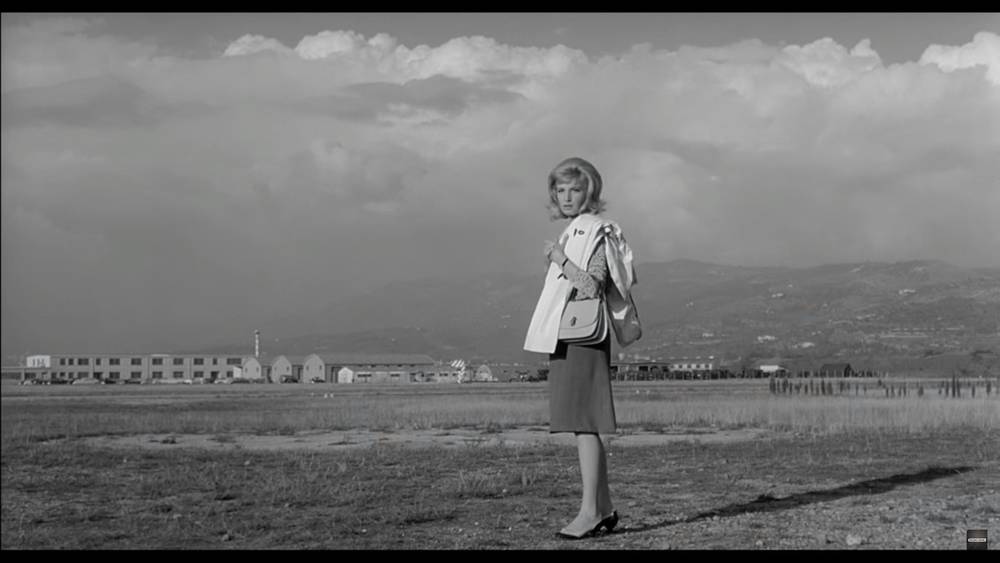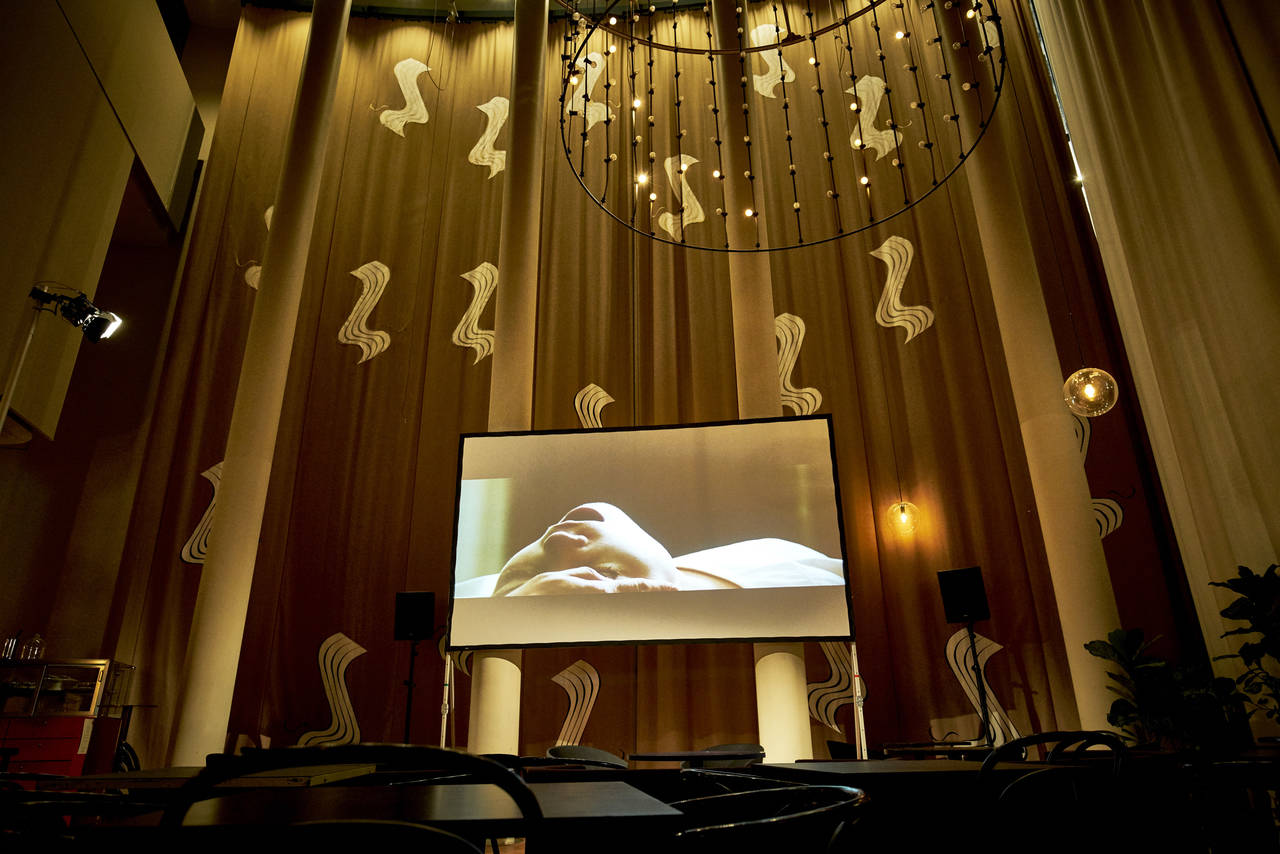The camera circles around an enigmatic object, slowly and carefully. Its lens feels its way along the countless edges and facets of this three-dimensional polyhedron, some of which are in the shade and some of which in the light. Initially, the lens scans the object at a respectful distance. The film's monochrome images appear to adhere to the Latin adage “Lucem demonstrat umbra” (the shadow shows the light). A single light source that shines into the image from the left-hand side focuses on this strange entity.
In “Exposure” (2016), an eight-minute film by Paul Kuimet, the camera ventures ever closer to the object, investigating its geometry and the metallic elements that protrude mysteriously from it. The camera is not, however, the only variable – the light too appears to be moving, since the shadows on this obviously static object do change. The light exposes new surfaces, but the metallic elements immediately obscure ever greater sections once again.
The commodity appears like a relic from mystical times
The polyhedron or, to be more precise, cuboctahedron, filmed here and consisting of six square faces and eight equilateral triangle faces is an exact replica of the 17th-century multifaceted sundial in Ringenberg. All the latter’s 24 edges are equilateral and symmetrical to one another. Its metallic elements cast shadows, allowing time to be measured on 13 sides of the sundial by means of hour lines, exceptionally precise for this kind of clock. Admittedly, not all of this is revealed by Kuimet’s “Exposure” – in this case the object itself looks, not least because of its scenic lighting, like a relic of more mystical times and its purpose is not necessarily immediately obvious to the viewer, perhaps because it has an almost occult aura about it.


Paul Kuimet, Exposure, installation view, 2016, Image via paulkuimet.ee
In this case the eponymous “exposure,” the disclosure or revelation, should, to some extent, be understood in the photographic sense of exposure to light – with the dark part of the footage absorbing the light, and it is only this that renders an image visible – the shadow shows the light. Equivalent to the sundial it is the shadow that demonstrates the usefulness of light. But here Kuimet is using the word “exposure” in yet another sense. In his pictures, with their rich contrasts, it is the medium itself that comes to the fore, with the coarse-grained quality of the 16mm film footage wrapping itself around the image like a living veil.
The material runs in an endless loop while still lifes come to life
Paul Kuimet (born in 1984) also uses a tracking shot around an abstract object in the film loop “2060” (2014). Here the camera circles a convoluted sculpture by Estonian artist Edgar Viies – a Möbius strip par excellence. This could also describe one of the means of production for the work itself, since the film footage for the projection is fed through the film projector in an endless loop, without a visible beginning or end. In his other works such as “Still Life” (2016), the artist uses cutting techniques to breathe life into still lifes. For the 2013 exhibition “Notes on Space,” Kuimet took more than 100 photographs of monumental artworks all over Estonia and a selection of these was shown in the exhibition itself.

Paul Kuimet, Still Life, installation view, 2016, Image via www.paulkuimet.ee
Following a conversation between Kuimet and curator Matthias Ulrich, in the second half of the evening the artist’s favorite film “L’Eclisse” (1962) by Italian director Michelangelo Antonioni will be screened. The film was the concluding part of a trilogy preceded by “L’Avventura” (1960) and “La Notte” (1961). In Germany, where ambiguities and ambivalences were never such popular themes, “L’Eclisse” was clumsily rendered as “Liebe 1962” (Love 1962). The film accompanies a girl by the name of Vittoria (Monica Vitti), who at the beginning of the film ends the relationship with Riccardo (Francisco Rabal), her boyfriend of many years. At the Roman stock exchange where her mother is trying her hand as a speculator she then meets the young broker Piero (Alain Delon), and a liaison ensues.

However, we could say that the architecture of Rome is the real protagonist of the film, captured in shots lasting several minutes with images rich in contrast which appear to convey the emotions that the protagonists are going through, without being able to do anything about them. Here the Roman stock exchange, its hustle and bustle reminiscent of the atmosphere at a racecourse, appears to resemble the Temple of Jerusalem which Christ, angered by the people buying and selling there, “cleanses” in the New Testament; the new Roman district established as of 1938 by fascist dictator Benito Mussolini “Esposizione Universale di Roma,” abbreviated to EUR, in which most of the film was shot, looks cold and deserted, an architectural manifestation of the protagonists’ confused feelings. Appropriately then, “L’Eclisse” closes with a montage lasting several minutes of the locations in which Vittoria’s meeting with Piero took place, alone – they are godforsaken and it does not take long until darkness falls, the eponymous eclipse.

